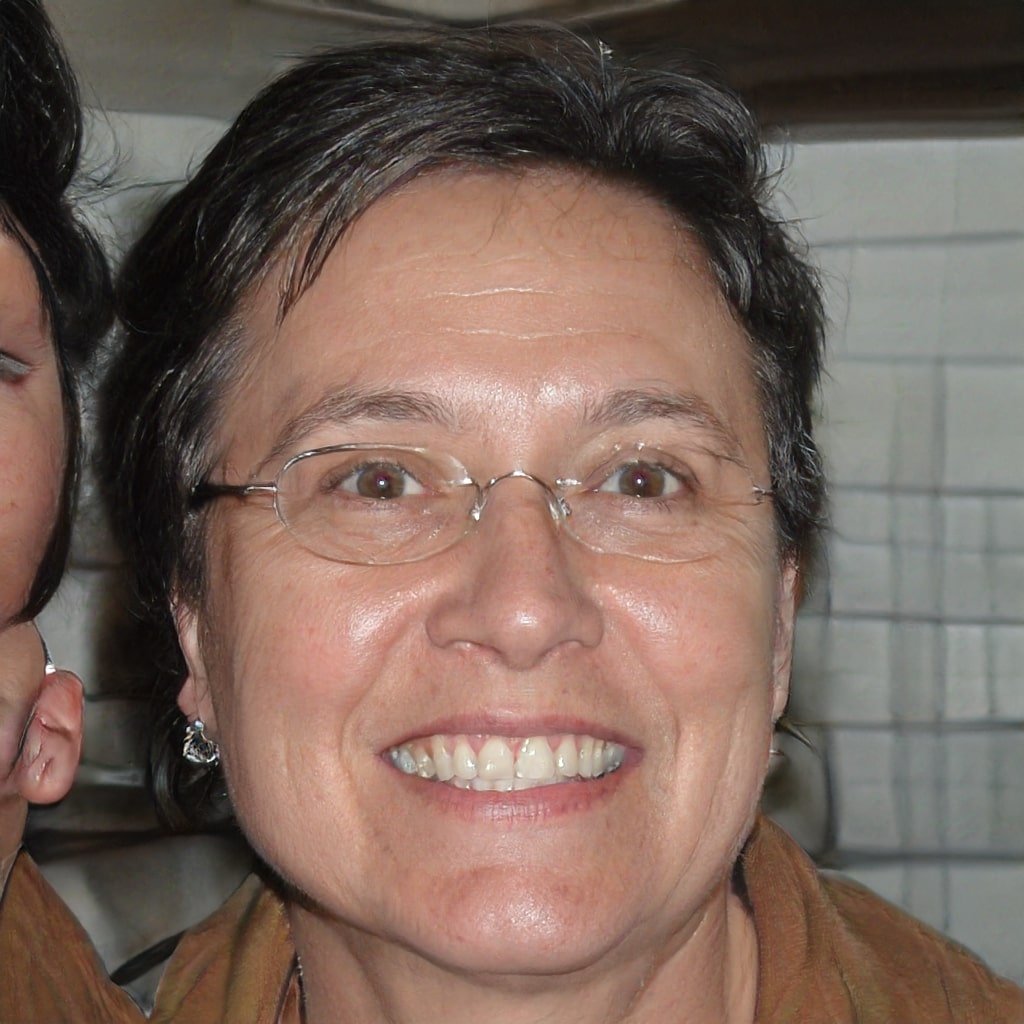Discover how your location influences your weight loss journey, from treatment options to success rates. Learn about regional disparities in healthcare access. Living in Manhattan versus rural Montana can drastically change your weight loss journey.
While some people easily access the latest treatments like injections for weight loss Mounjaro in urban centers, others face significant barriers based on their zip code. But what exactly determines these differences, and how can you navigate them?
The Urban-Rural Divide in Weight Management
Your address might be quietly shaping your weight loss success. In major cities, you’ll find a concentrated network of specialists, clinics, and treatment options. Meanwhile, rural residents often travel hours to reach the nearest obesity specialist.
Let’s look at the stark differences in healthcare accessibility across regions:
| Factor | Urban Areas | Rural Areas |
| Average distance to weight loss specialist | 5.3 miles | 38.7 miles |
| Number of bariatric centers per 100,000 people | 3.2 | 0.8 |
Regional Healthcare Disparities
Did you know that your state’s policies directly impact your weight loss options? Some states require insurance companies to cover weight loss treatments, while others don’t. This creates a patchwork of coverage that affects millions of Americans.
State-by-state variations reveal surprising patterns:
- California mandates coverage for most weight loss treatments
- Texas leaves coverage decisions to individual insurers
- Many southeastern states have limited coverage despite higher obesity rates
Climate and Cultural Influences
Your local weather patterns and cultural environment play crucial roles in weight management. Studies show that regions with extreme weather conditions often report lower physical activity levels during certain seasons.
Weather impacts your weight loss journey in several ways:
- Cold climates can reduce outdoor exercise opportunities
- Extreme heat may limit activity during peak hours
- Seasonal changes affect food availability and choices
Local Food Environments
The food landscape around you shapes your eating habits more than you might realize. Urban food deserts and rural grocery gaps create unique challenges for maintaining a healthy diet.
Research shows significant variations in healthy food access: In urban areas, you’re likely to find a grocery store within 1-2 miles of your home. However, rural residents might need to travel 10+ miles for fresh produce.
Technology and Telemedicine
Modern technology is reshaping geographic barriers, but access remains uneven. While urban dwellers often have multiple options for virtual health consultations, rural internet infrastructure might limit these opportunities.
Digital Health Divide
Your internet connection speed and reliability can determine whether you can access:
- Virtual consultations with weight loss specialists
- Online support groups and resources
- Digital tracking tools and apps
Economic Factors by Region
Your location’s economic landscape directly influences treatment accessibility. Income levels and healthcare costs vary significantly by region, affecting what weight loss options are practically available to you.
| Region | Average Monthly Cost of Weight Loss Program | Available Insurance Coverage |
| Northeast | $175-450 | 68% of plans cover treatment |
| Southeast | $125-300 | 43% of plans cover treatment |
Local Support Systems
Community resources in your area can make or break your weight loss journey. Urban centers typically offer more options for support groups, fitness classes, and specialized programs.
Community Resources
Your local community might offer:
- Free or low-cost fitness programs
- Nutrition education workshops
- Community gardens
- Walking groups and fitness meetups

Environmental Design Impact
The built environment around you significantly influences your daily physical activity. Urban planning decisions affect how easily you can incorporate movement into your routine.
Your neighborhood’s design impacts your health through:
- Walkability scores
- Access to parks and recreation areas
- Safe spaces for outdoor activities
- Public transportation options
Policy and Regional Regulations
Local and state policies create varying landscapes for weight loss treatment access. Understanding your area’s regulatory environment helps you navigate available options more effectively.
Healthcare Policy Variations
Different regions have distinct approaches to:
- Insurance coverage requirements
- Provider licensing
- Telemedicine regulations
- Prescription medication access
Innovative Regional Solutions
Communities across the country are developing unique solutions to address their specific challenges. These innovations show how different regions adapt to their particular circumstances.
Local Success Stories
Communities are finding creative ways to overcome geographic barriers:
- Mobile health clinics serving rural areas
- Telehealth hubs in community centers
- Partnership programs between urban and rural healthcare providers
Making the Most of Your Location
Regardless of where you live, understanding your local resources helps you maximize your weight loss success. You can develop strategies that work within your geographic context.
Action Steps for Your Area
Consider these location-specific strategies:
- Research local healthcare providers and specialists
- Investigate available transportation options
- Connect with community support groups
- Explore virtual care options
The Future of Geographic Health Equity
Healthcare systems are evolving to address geographic disparities. New technologies and policies are emerging to help bridge the gap between urban and rural access to weight loss treatments.
Emerging Solutions
Watch for these developing trends in your area:
- Expanded telehealth services
- Mobile health applications
- Insurance coverage improvements
- Transportation assistance programs




